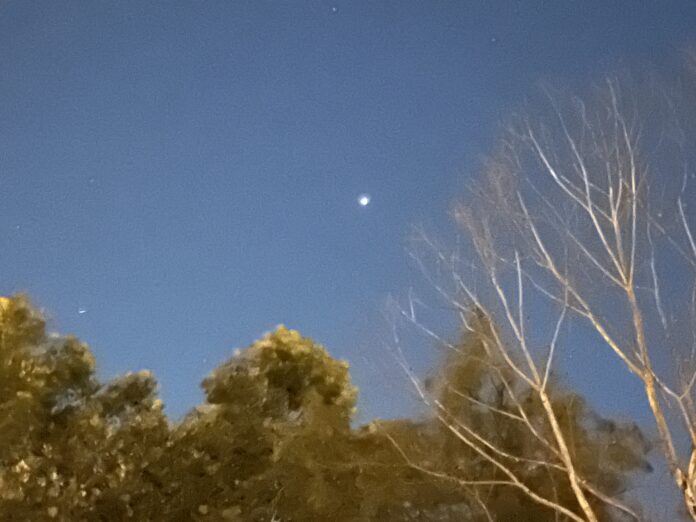HUNTSVILLE — Up in the sky. It’s a moon. It’s a star.
No. It’s Jupiter.
That’s right. The largest planet in our solar system will be the brightest object in the sky for the next couple days.
At its closest point, Jupiter will be about 367 million miles from Earth, about the same it was in 1963. The planet is about 600 million miles away from Earth at its farthest point.
“With good binoculars, the banding (at least the central band) and three or four of the Galilean satellites (moons – Ganymede, Europa, Io and Callisto) should be visible,” said Adam Kobelski, a research astrophysicist at the Marshall Space Flight Center. “It’s important to remember that Galileo observed these moons with 17th century optics.
“One of the key needs will be a stable mount for whatever system you use.”
Kobelski recommends a larger telescope to see Jupiter’s Great Red Spot and bands in more detail; a 4 inch-or-larger telescope and some filters in the green to blue range would enhance the visibility of these features, according to a NASA blog.
Kobelski said an ideal viewing location will be at a high elevation in a dark and dry area.
“The views should be great for a few days before and after Sept. 26,” Kobelski said. “So, take advantage of good weather on either side of this date to take in the sight.
“Outside of the moon, it should be one of the (if not the) brightest objects in the night sky.”
Don’t miss out! Subscribe to our email newsletter to have all our smart stories delivered to your inbox.



